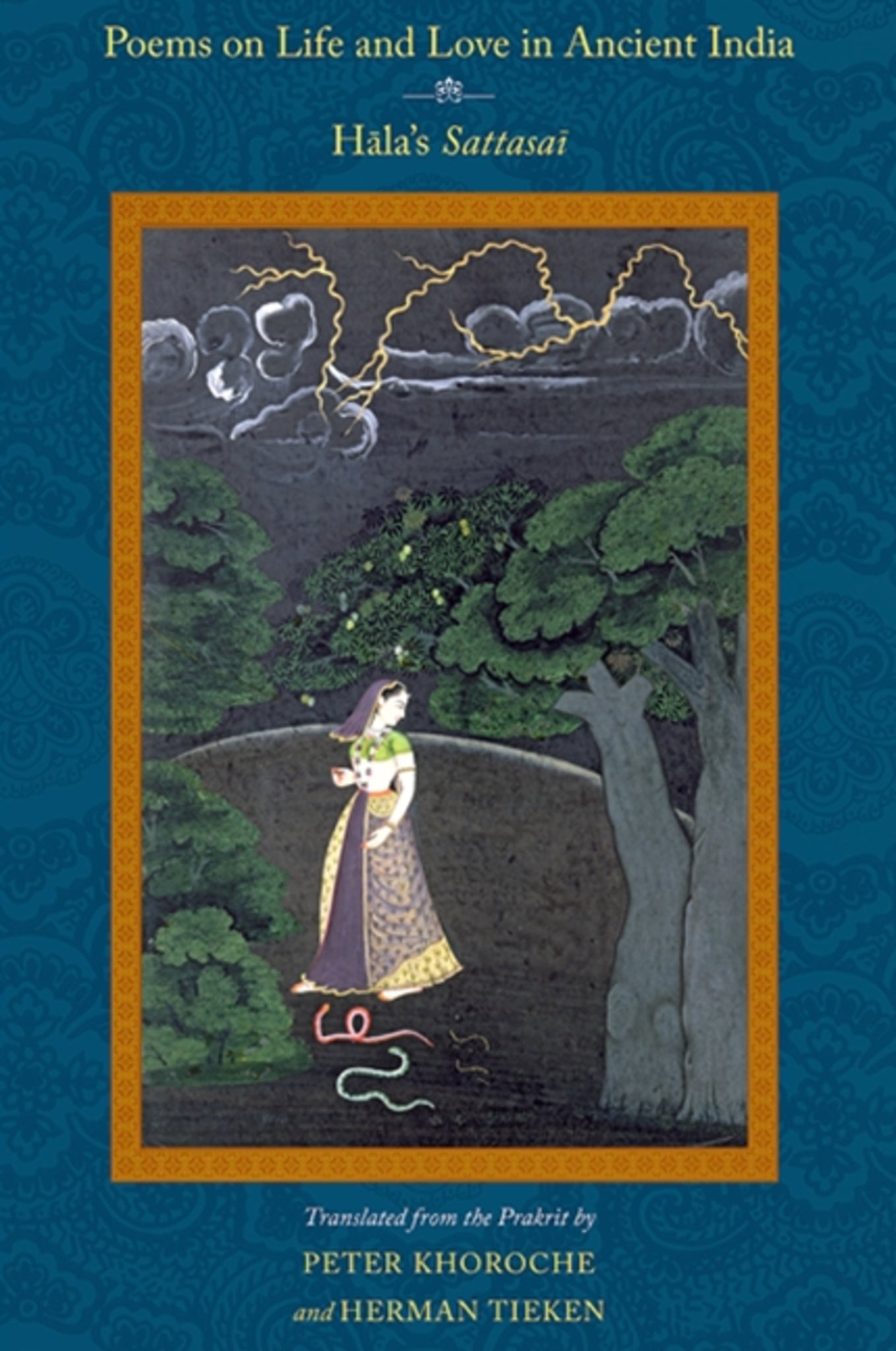We're sorry. An error has occurred
Please cancel or retry.
Poems on Life and Love in Ancient India

Some error occured while loading the Quick View. Please close the Quick View and try reloading the page.
Couldn't load pickup availability
- Format:
-
10 March 2009

The oldest surviving anthology of lyric poems from India, the Sattasai presents the many aspects of love and provides a realistic counterpart to the Kāmasūtra.
An elegant translation of the Sattasaī (or Seven Hundred), India's earliest collection of lyric poetry, Poems on Life and Love in Ancient India deals with love in its many aspects. Mostly narrated by women, the poems reveal the world of local Indian village life sometime between the third and fifth centuries. The Sattasaī offers a more realistic counterpart to that notorious theoretical treatise on love the Kāmasūtra, which presents a cosmopolitan and calculating milieu. Translators Peter Khoroche and Herman Tieken introduce the main features of the work in its own language and time. For modern readers, these short, self-contained poems are a treat: the sentiments they depict remain affecting and contemporary while providing a window into a world long past.


"These self-contained couplets are as sexy as they are tender; they are lively and playful, melancholy and haunting, often very funny, and continually startling." — Lee Siegel, author of Love in a Dead Language
The Poems
invitation
exchanging glances
lovers’ meetings
wrong choices and disappointments
the go-between
the young couple
making love
the perfect wife
the brother-in-law
rival wives
the errant husband
getting her name wrong
lovers’ quarrels
the faithless wife
the abducted wife
departure
the traveler’s wife
the traveler
country characters
gods and saints
the god of love
allegorical verses
poetic fancy
good men and bad
epilogue
variant readings
concordance
bibliography



